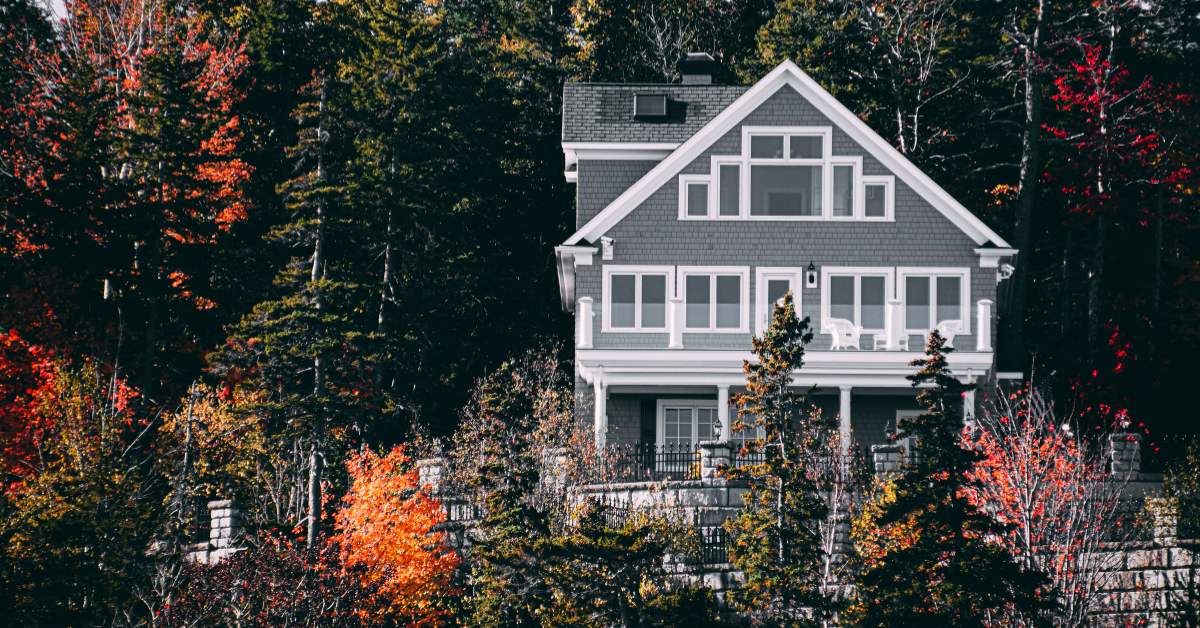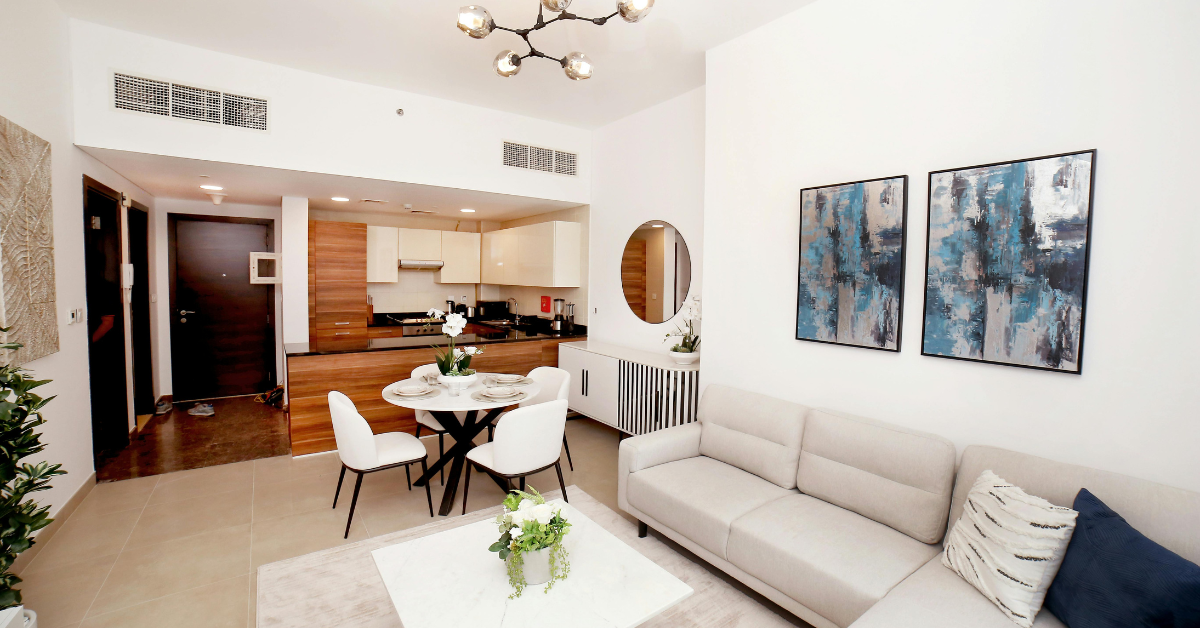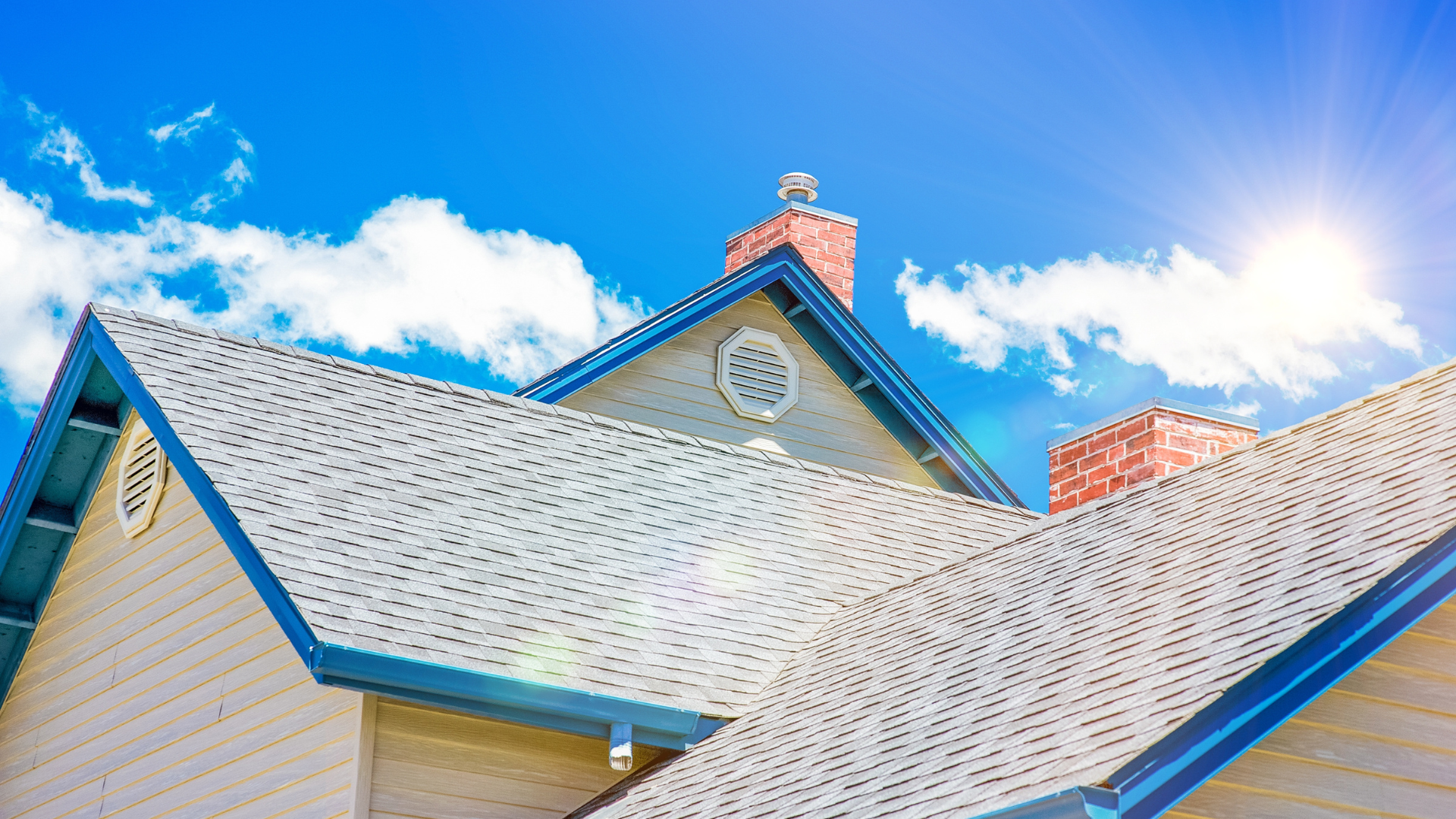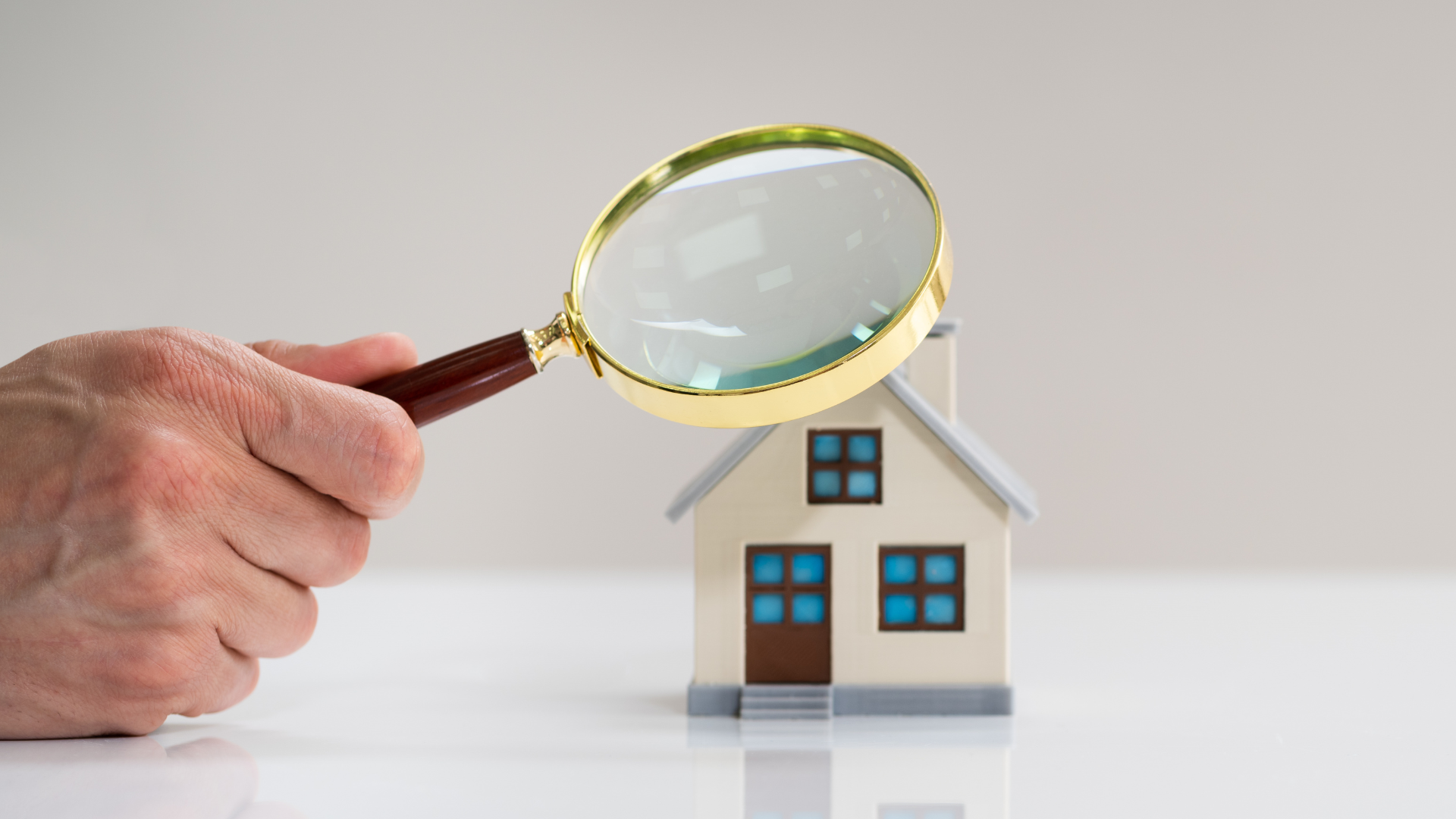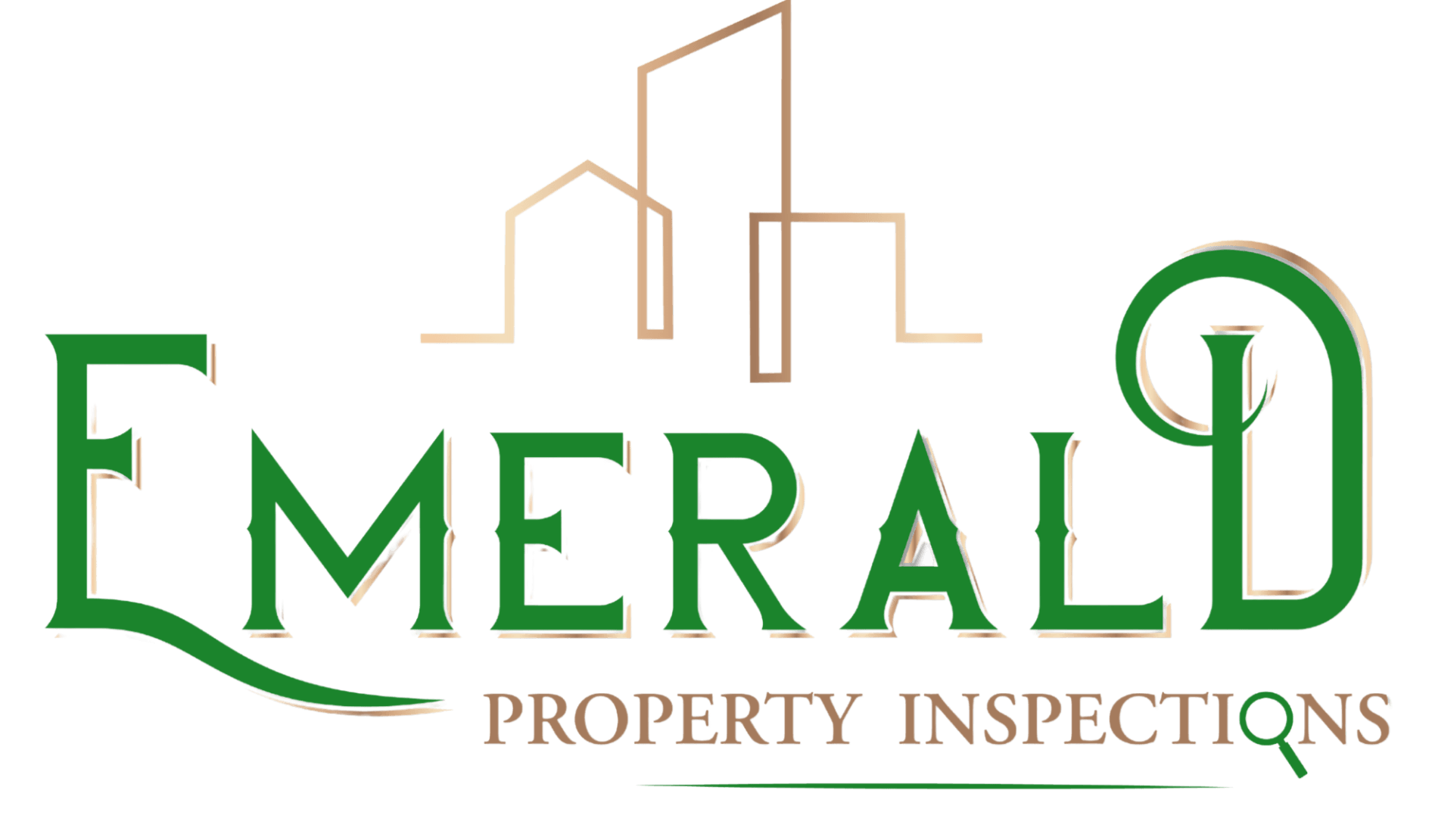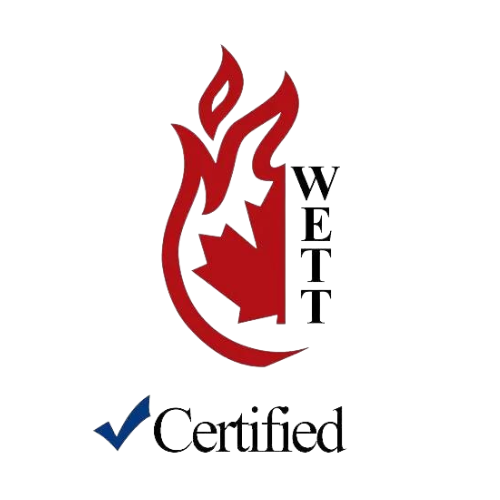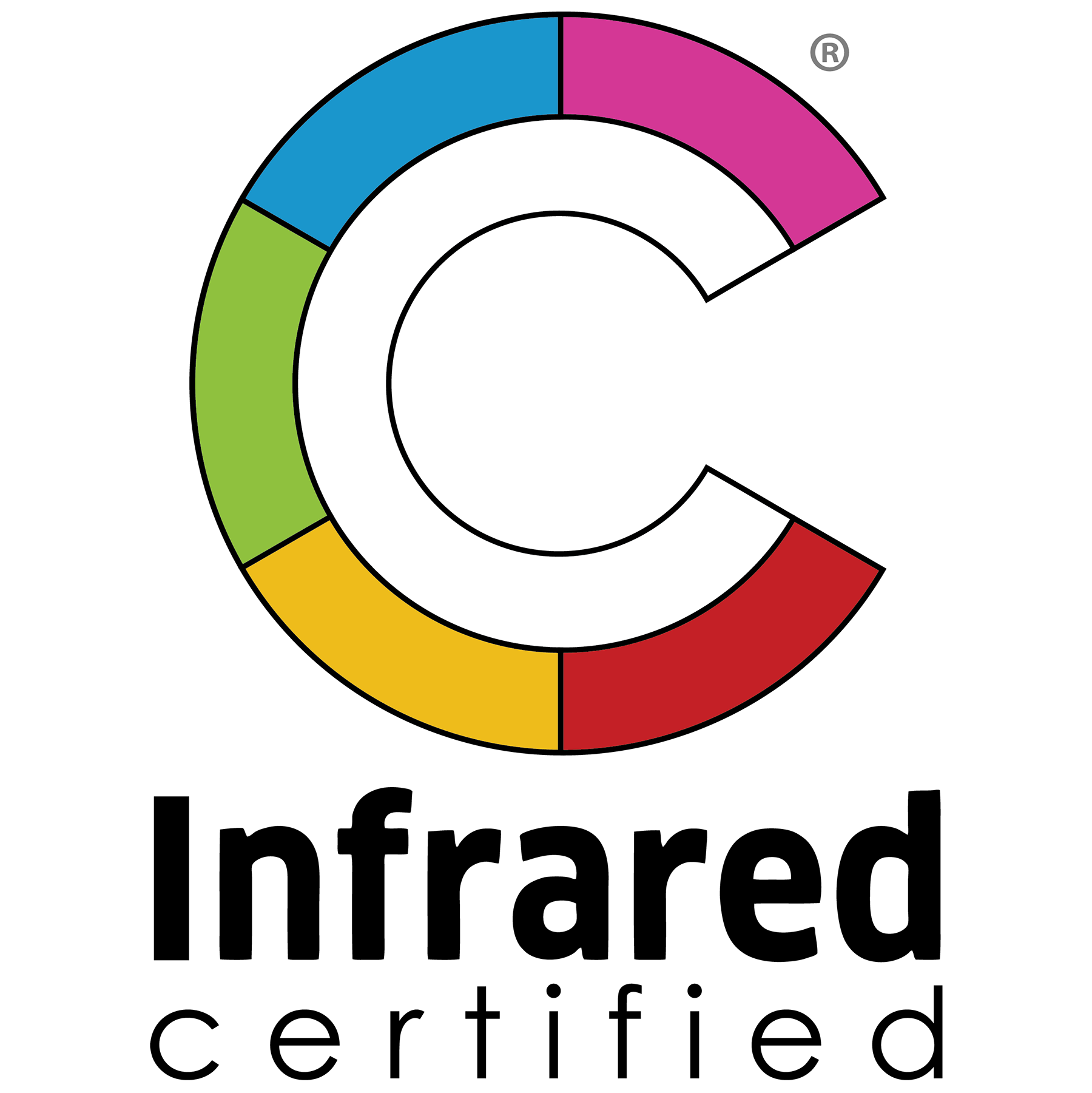Commercial Building Inspection: Buildings vs. Warehouses vs. Retail Spaces
There is no one-size-fits-all for commercial building inspection. Different types of properties—stores, warehouses, and offices— present individual issues and require property type-based inspection protocols. These differences must be made known to property owners, tenants, and investors, especially concerning an Alberta property inspection.
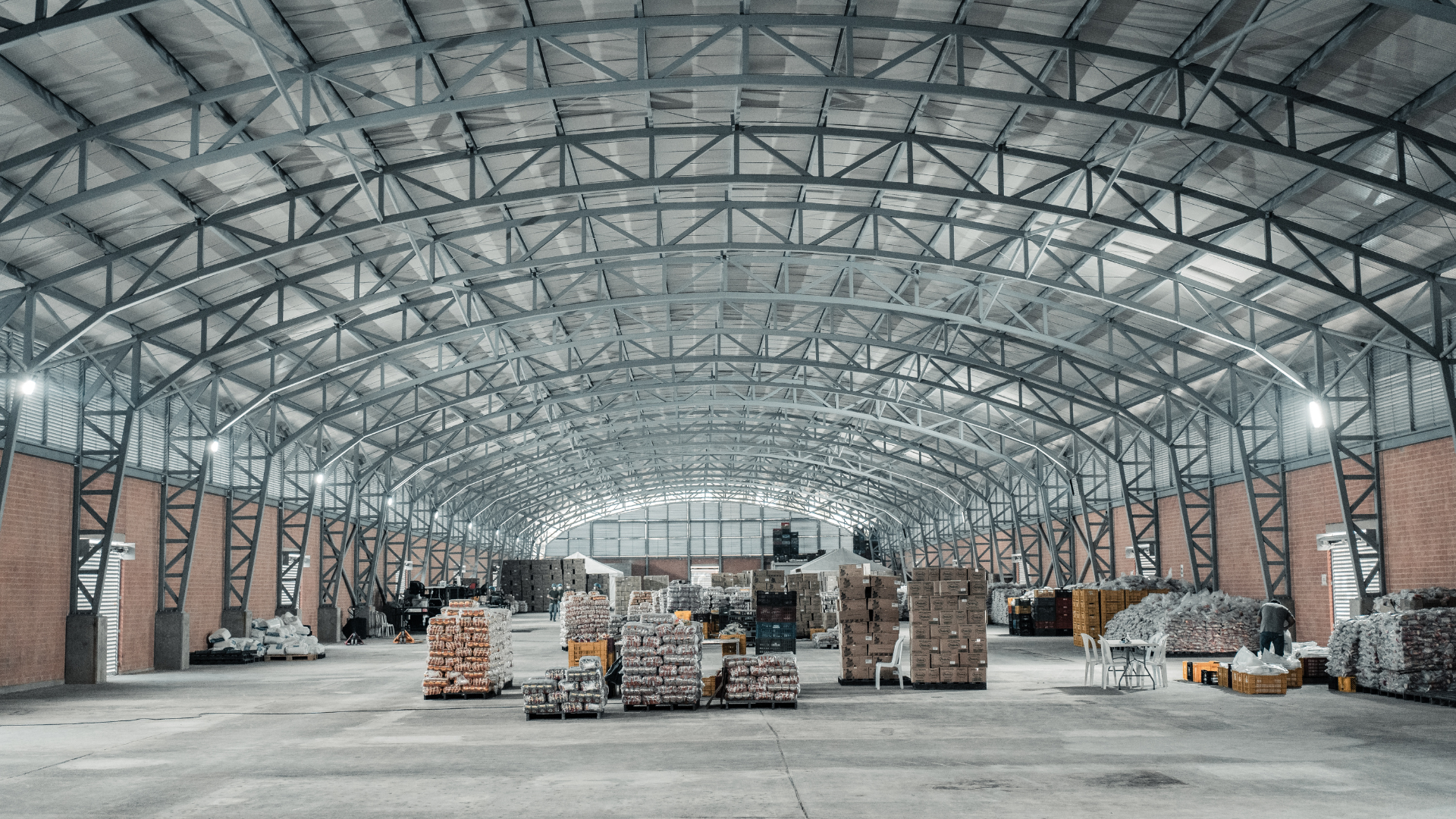
Office Buildings: Systems and Comfort Take Center Stage
Office buildings are built to be productive and comfortable. Some of the main areas of interest upon commercial inspection are:
- HVAC Systems: Inspectors will evaluate heating, ventilation, and air conditioning performance to determine if consistent temperature is maintained throughout offices.
- Electrical & Plumbing: Office spaces contain complex wiring for computing and plumbing for several restrooms.
- Interior conditions: Walls, floors, and ceilings are checked for wear damage, water damage, or signs of mold. Interior Conditions: Ceilings, flooring, and walls are examined for wear, water damage, or signs of mold.
- Fire Safety & Emergency Systems: Working fire alarms, extinguishing equipment, and exit signs are absolutely vital in office buildings. Because often multiple tenants occupy office buildings, inspectors also review how well different areas are partitioned off and kept up.
Warehouses: Emphasize Structural Strength and Safety
A warehouse is not like an office building by any means. This is what a commercial building inspection is like for such a building:
- Structural Components: The inspectors carefully note the condition of the roof, floors, and walls, particularly for signs of sagging or cracks.
- Loading Docks & Doors: Roll-up doors, dock bays, and dock seals are checked for functionality and security.
- Storage Systems & Racking: These should meet safety standards and be free from signs of overloading or instability.
- Fire Suppression Systems: Sprinkler systems and fire exit systems are essential due to the amount of merchandise stored.
An Alberta property inspection of a warehouse can also entail searching for temperature-related heat damage to insulation issues, as well as checking for observance of local zoning requirements.
Retail Outlets: Customer Safety and Accessible Areas
Retail facilities prioritize appearance, accessibility, and traffic. A commercial inspection for a retail site includes:
- Entrances & Flooring: Surfaces must be clean, level, and safe for customers.
- ADA compliance: Businesses must comply with accessibility standards like ramps, signage, and restrooms.
- Lighting & Signage: Check that lighting is sufficient and that emergency signs are functional and accessible.
- Roofing & HVAC: Their systems are checked not just for performance but also for energy efficiency.
Retail buildings have high levels of customer interaction, so cleanliness, safety, and accessibility are most important in a commercial building inspection.
Choosing the right commercial property inspector in Alberta
Whether an office complex in Calgary, an industrial building in Edmonton, or a retail center in Red Deer, all Alberta property inspections have to be carried out by a professional with local building code knowledge and local climate knowledge. Knowing what to expect from each type of property inspection ensures that you receive accurate, actionable information before purchasing, leasing, or maintaining a commercial building.
